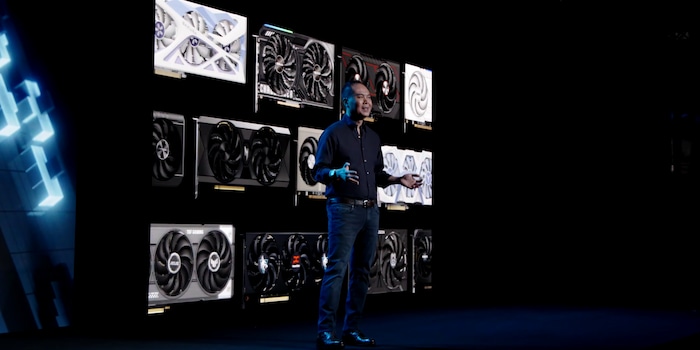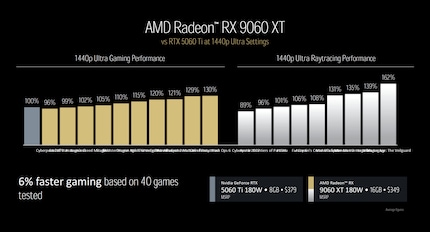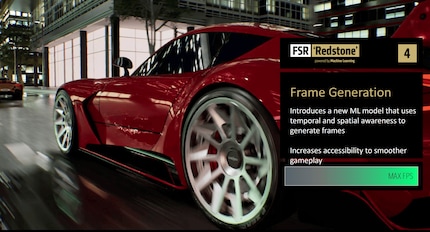
AMD's Radeon RX 9060 XT is said to be the fastest card in its price class
With the Radeon RX 9060 XT, AMD is presenting the third card in the Radeon 9000 series at Computex. It comes in two memory variants - 8 and 16 gigabytes - and is designed to enable 1080p gaming with maximum details, even with ray tracing. It will be launched on 5 June.
The RX 9060 XT 16 GB is said to offer an average of six per cent more frames per second compared to the RTX 5060 Ti 8 GB. At first glance, this appears to be an apples-and-oranges comparison due to the difference in memory. AMD justifies it with the price: The recommended retail price of the card is 349 US dollars, which is 30 US dollars less than the RTX 5060 Ti 8 GB. Independent tests of the cards, which will be released on 5 June, will show whether this comparison is realistic.

Source: AMD
The recommended retail price for the version with 8 gigabytes of memory is USD 299. The prices in CHF and euros are not yet known.
New, more economical chip
As with its big siblings, the RX 9070 and RX 9070 XT, the RDNA4 architecture is used. 32 shader multiprocessors are active on the Navi 44 GPU, resulting in 2048 shader cores. The predecessor RX 7600 has just as many.
The boost clock is likely to be the main reason for the almost 20 per cent increase in computing power: AMD speaks of 3.13, GHz, which is pretty damn high. The new chip is nevertheless somewhat more economical: the 8 and 16 gigabyte models range from 150 to 182 watts. That's around 10 watts less than its predecessors. AMD continues to rely on GDDR6 components for the graphics memory.
FSR 4 arrives at the same time
FSR 4 will also be available on 5 June. This is the upscaling technology from AMD. FSR 4 introduces a new algorithm based on AI and machine learning. This should be more precise than its predecessor and significantly improve image quality at every performance preset. Over 60 titles are expected to support the feature on release.

Source: AMD
The manufacturer has also announced Project Redstone, which is intended to bring further improvements, especially in ray tracing. This also includes Frame Generation, in which AI calculates intermediate images, resulting in more FPS. AMD wants to catch up with Nvidia's DLSS 3.5 and DLSS 4. It should be ready in the second half of 2025.
Availability in our stock: We currently have no information as to whether the cards will be in stock in time for the launch on 5 June. As usual with new graphics cards, however, you can expect limited availability at launch.
From big data to big brother, Cyborgs to Sci-Fi. All aspects of technology and society fascinate me.
From the latest iPhone to the return of 80s fashion. The editorial team will help you make sense of it all.
Show all